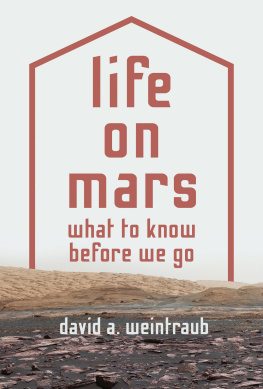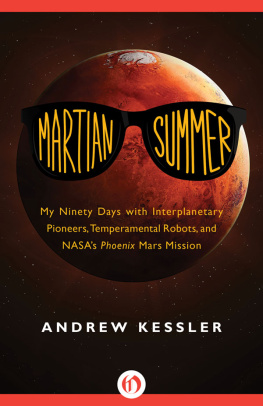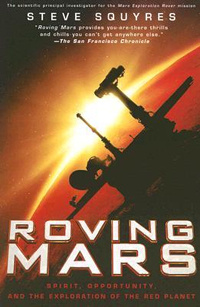Larry S. Crumpler - Missions to Mars: A New Era of Rover and Spacecraft Discovery on the Red Planet
Here you can read online Larry S. Crumpler - Missions to Mars: A New Era of Rover and Spacecraft Discovery on the Red Planet full text of the book (entire story) in english for free. Download pdf and epub, get meaning, cover and reviews about this ebook. year: 2021, publisher: Harper Design, genre: Science fiction. Description of the work, (preface) as well as reviews are available. Best literature library LitArk.com created for fans of good reading and offers a wide selection of genres:
Romance novel
Science fiction
Adventure
Detective
Science
History
Home and family
Prose
Art
Politics
Computer
Non-fiction
Religion
Business
Children
Humor
Choose a favorite category and find really read worthwhile books. Enjoy immersion in the world of imagination, feel the emotions of the characters or learn something new for yourself, make an fascinating discovery.
- Book:Missions to Mars: A New Era of Rover and Spacecraft Discovery on the Red Planet
- Author:
- Publisher:Harper Design
- Genre:
- Year:2021
- Rating:5 / 5
- Favourites:Add to favourites
- Your mark:
Missions to Mars: A New Era of Rover and Spacecraft Discovery on the Red Planet: summary, description and annotation
We offer to read an annotation, description, summary or preface (depends on what the author of the book "Missions to Mars: A New Era of Rover and Spacecraft Discovery on the Red Planet" wrote himself). If you haven't found the necessary information about the book — write in the comments, we will try to find it.
From a long-term planning lead for the Mars Exploration Rover Project comes this vivid insider account of some of NASAs most vital and exciting missions to the Red Planet, illustrated with full-color photographsa wondrous chronicle of unprecedented scientific discovery and the search for evidence of life on Mars.
There are probably just a few of moments in human history when a small group of humans stood on the margins of a vast new world, and it is no stretch of the romantic imagination that the arrival of two rovers on the surface of another planet was surely one of them.
Human exploration of Mars is the most ambitious and exciting scientific goal of the twenty-first century. Few people know as much about this fascinating planet as Dr. Larry Crumpler. As one of the long-term planning leads for the Mars Exploration Rover Project, he helped control the daily communications between NASA and the rovers roaming the planet to gather scientific data. Thanks to the Rover Project, we now know that the dry, red dust of the planets surface hides a wet, possibly living history, and that conditions were present for the evolution of complex, organic life.
In this magnificent compendium, Dr. Crumpler recounts the history of the Red Planet, from the earliest days when ancient astronomers turned their eyes to the heavens to the breakthrough discoveries being unearthed by modern technology today, including some of the first images from the latest rover, Perseverance. Paired with stunning, full-color photographs taken by rovers and NASA satellites images, this magnificent biography of the red planet allows us to understand and experience it as never before.
When the Spirit and Opportunity Rovers landed on Mars in January 2004, scientists expected them to function for 90 days. But those three months turned into fifteen years. With data gathered by the rovers, Dr. Crumpler and his fellow team members were able to reconstruct the planets stunning geological past, when it was once inundated with water, and perhaps could have supported microbial life. Dr Crumpler also reveals the joys and demands of life as a scientist taking part in these historic missions. Exploring fundamental questions about this remarkable planet that have intrigued us earthlings for years, Untitled illuminates Mars significance in the solar systemand the human imagination.
Larry S. Crumpler: author's other books
Who wrote Missions to Mars: A New Era of Rover and Spacecraft Discovery on the Red Planet? Find out the surname, the name of the author of the book and a list of all author's works by series.
















